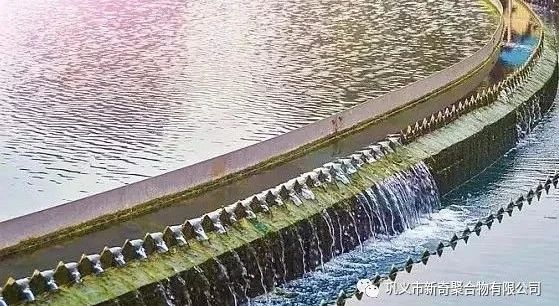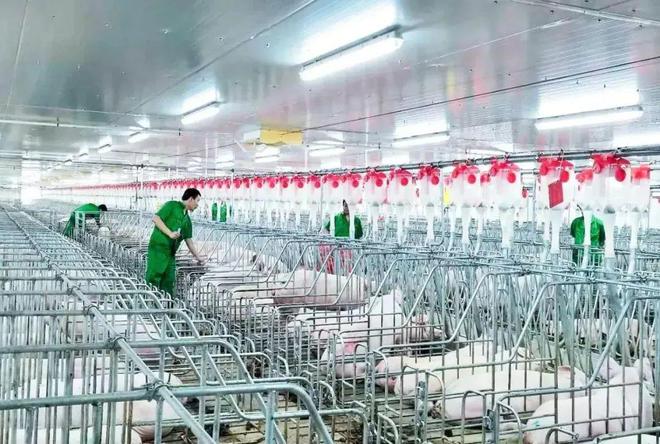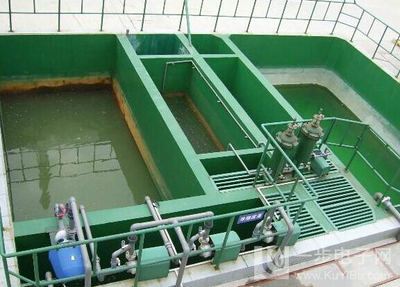Urban sewage treatment technology
Municipal wastewater processes include pre-treatment processes (gratings + conditioning + sand settling), primary treatment processes (precipitation, filtration or appropriate aeration to remove suspended solids in sewage, adjust pH and reduce the degree of decay of sewage), secondary treatment processes, advanced treatment processes and sludge treatment processes, and final sludge treatment.
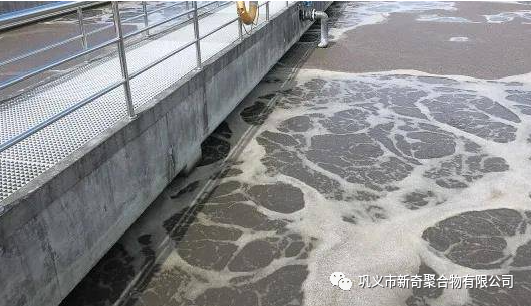
Pretreatment grid: A metal frame made of a set of parallel metal bars positioned diagrammed over the channel through which waste water flows, or at the inlet of a pumping station's sump, to intercept large blocks of suspended or floating solid contaminants that may clog the drainage pipes of pumps and settling tanks. The trapping effect depends on the gap width and the nature of the water.
Pretreatment conditioning tank: In order to ensure the normal operation of subsequent treatment structures or equipment, the amount and quality of sewage need to be adjusted. Acidic sewage and alkaline sewage can be mixed in the regulating tank to achieve the purpose of neutralization. Short-term discharge of high temperature sewage can also be adjusted to balance the water temperature.
Pretreatment sand settling: Separating dense inorganic particles from sewage, protecting pumps and pipes from wear, reducing the volume of sludge treatment structures, improving the content of organic components of sludge, and improving the value of sludge as fertilizer.
Primary treatment process precipitation: Water purification is achieved by the principle that the downward precipitation rate of the suspended impurity particles in the water flow is greater than the downward flow rate of the water flow, or the downward precipitation time is less than the time of the water flow out of the sedimentation tank.
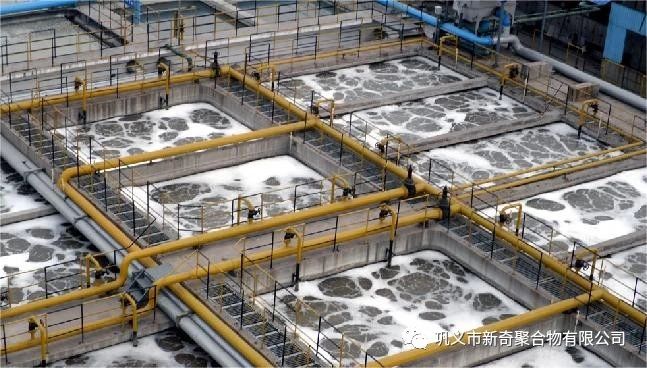
Primary treatment process filtration: It is a method to improve water quality by making sewage through granular filter media or other porous media, using mechanical screening, precipitation and contact flocculation to intercept suspended impurities in the water.
Primary treatment process aeration: The "micro bubbles" are directly injected into the untreated sewage through the loose air impeller, and under the joint action of coagulant and flocculant, the suspended matter occurs physical and chemical flocculation, thus forming large suspended matter floc. Under the floating action of the bubble group, the "floc" floats to the liquid surface to form scum, which is separated from the water by slag scraper;
The secondary sewage treatment process mainly includes the advanced treatment process, the sludge treatment process and the sludge treatment, which is the process of further purification of the sewage after the primary treatment, and then the treatment of the activated sludge aeration tank and the sedimentation tank.
Other related products:
If you want to know more product details, please contact us

